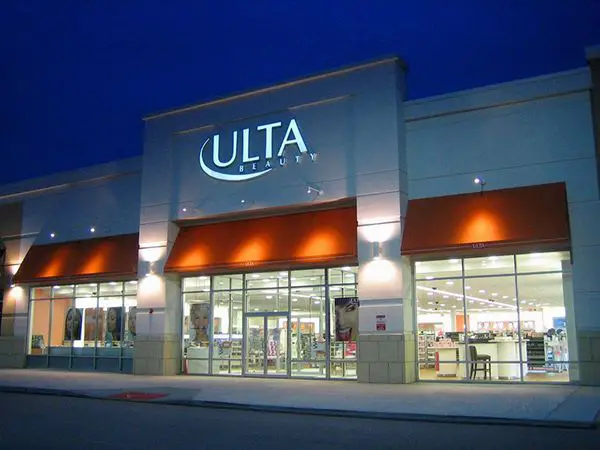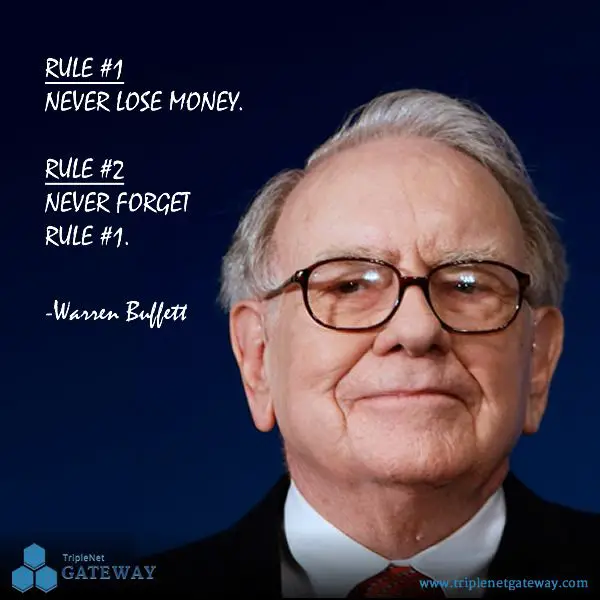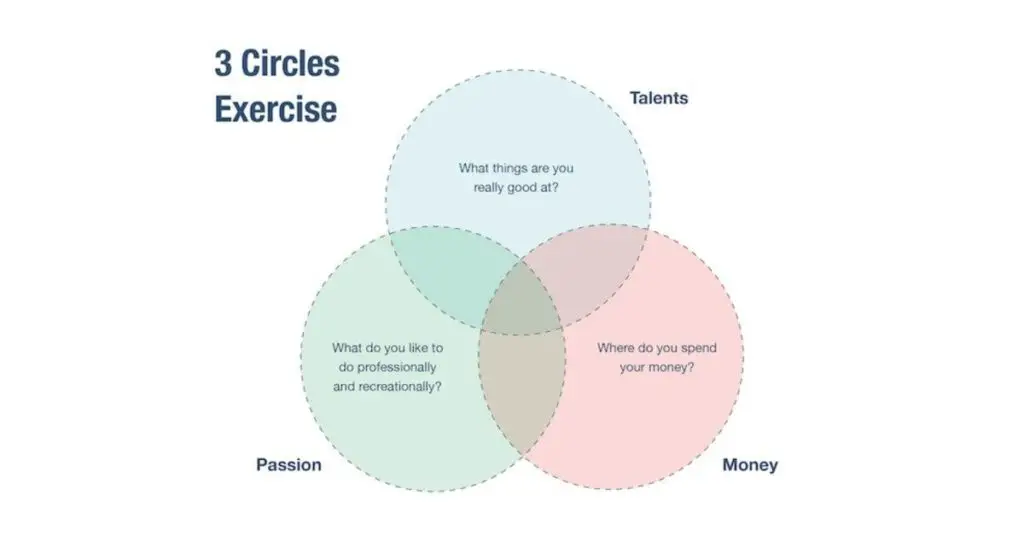Welcome to this post about the best stocks for a teenager to invest in!
CREDIT: Full credit to the Rule #1 company and stock2own.com for providing the vast majority of the data and content here.
I can confidently recommend how you invest, but you should not blindly take these stock recommendations without doing your own research.
The prices mentioned in this post were accurate at the time of writing, but may have changed since then.
Table of Contents
Here’s what we’ll be going over in this post:
- The top 6 stocks that would make solid investments
- My favorite investing strategy, philosophy, and mentor
- How to pick your own stocks
So let’s begin!
Stocks For Teens
1. SolarEdge Technologies, Inc. (SEDG)
SolarEdge Technologies designs, develops, and sells solar products and systems to homeowners, businesses, and installers. They offer power optimizers, inverters, communication and smart energy management solutions, and a cloud-based monitoring platform in their array of products. SolarEdge was founded in 2006 and is headquartered in Herzliya, Israel.
Their numbers look solid. The current stock price is $92, their sticker price (fair value) is $486, and our Margin of Safety (see below) buy-in point is $243. So if these numbers aren’t completely wacked out (I haven’t verified them myself, but I’m using stock2own.com’s stock analyzer), this is an amazing bargain.
Their Earnings per Share (EPS) is 2.16, P/E 43.06, and Return on Investment (ROI) is 24%. Also, according to stock2own’s software they have an A+ rating on historical growth, which means it’s growing very quickly.
I haven’t looked into the fine details of this company using the Rule #1 strategy described below, so you should do a lot more research before you decide to invest. At a quick galnce though, this company looks solid.
2. Hingham Institution for Savings (HIFS)
The Hingham Institution provides an array of financial products and services to individuals and small businesses in the United States. It has a network of 10 offices in the Boston and Southeastern Massachusetts area. One of America’s oldest banks, it was founded in 1834 and has a strong family line of leadership over three generations.
Hingham isn’t the next Google or an international bank, but they do have solid financials and could make a great investment (providing you do a little more digging yourself).
Their current stock price is $199, their sticker price (fair value) is $438, and our MOS buy-in point is $219. Their Earnings per Share is 13.76, P/E is 14.50, and while their Return on Investment (ROI) at 20% is doing well, their Return on Invested Capital (ROIC, 6.7%) is a little weak right now, which would be something to look into.
Again, I would do some basic further research before investing. At a glance though, Hingham also has potential.
3. Facebook, Inc. (FB)
Facebook is the last company I have to explain to a group of teenagers, lol. It would honestly be pretty funny trying to explain social media to my peers, so I won’t bother there.
Something nice to know is the different companies they’ve acquired or started over the years under the parent company, Facebook. This inlcudes:
- Messenger (2011)
- Instagram (2012)
- Whatsapp (2014)
- Oculus (2014)
- Workplace (2016)
- Portal (2018)
- Libra/Calibra (2019)

As for their numbers, they have very solid footing. The current stock price is $218. Their fair value is $1,665 so our buy in price would be a 50% discount, at $832. It’s easy to see that if these numbers are double-checked and hold up, then FB could be a GREAT buy.
Their EPS is 6.26 and their current P/E is 34.90. Using stock2own’s software, Facebook has an A+ historical growth rating, meaning it is growing very rapidly. Profitability is also very high (being a tech company helps, because they have low overhead). ROI (Return on Investment) is 30.2% and ROIC (Return on Investment Capital) is 26.9%! Another interesting number I found is that Facebook has a profit margin of 39.6% (the average for a company in the eltronics sector is 6.7%).
I’ve always had a soft side for tech companies because of how easy it is to scale a tech business, and because overhead is so low, but they can be riskier (due to the volatility of that sector). I would dive deeper into FB’s financials before investing.
4. Pacific Premier Bancorp Inc (PPBI)

Pacific Premier Bancorp has an impressive offering. They have checking accounts, savings accounts, credit cards, lines of credit, and countless other banking options for individuals, businesses, and enterprises. They also have money market accounts and CDs. Reading the company’s history on their About page, I discovered that by buying up local smaller banks, they’ve expanded their holdings signifigantly and now have 44 branches all throughout California.
PPB was founded in 1983. They brought in their current managment team in 2000, which has fueled the company’s success. In 2011 they acquired their first bank, and since then, they’ve bought up many more.
I’m impressed by Pacific’s strategy, managment, and financial health. In 2008, the bank did not need to be bailed out by the government, like many others, so that seems to say they’re managing their assets well.
PPB’s current stock price is $31.58. Their fair value price is about $75 (according to stock2own). That means our buy-in price, a 50% discount, is $37. Cool! So if the numbers are correct, Pacific Premier Bancorp is half-off!
Their EPS is 2.56 and their current PE is 12.34. Again, using stock2own’s analysis, their historical growth grade is very good (an A+), though their Year-over-Year growth grade is a bit lower (a B). This just means that their historical growth is very good, but not super consistent. A “B” isn’t a bad grade.
Now, ROI and ROIC are quite a bit rougher. Return on Investment is 8.4% and Return on Invested Capital is only 5.5%. This would be something to look into and figure out why these two numbers are low.
Also in their About page, they listed several awards they’ve won from financial sites ranking them as one of the best banks in America. Pacific Premier Bancorp is an interesting investment consideration, but I would do more research before investing.
5. Ulta Beauty, Inc. (ULTA)

This company is one my mom was looking at when we were taking Rule #1 classes together. It’s been a while since then, so it’ll be interesting to see how they’ve held up!
Well, looking at their site, basically if you can name it, they’ve got it. Quoting stock2own:
“The company’s stores offer cosmetics, fragrances, skincare and haircare products, bath and body products, and salon styling tools; salon services, including hair, skin, makeup, and brow services; and others, including nail products and accessories.”
Ulta’s current stock price is at $267. Their fair value price is $472 which means our buy in point, margin of safety, would be $236. So, at the moment, the stock price is slightly above our preferred margin of safety price. I don’t rememeber Rule #1’s exact rule when it came to a situation like this, but I believe you keep an eye on the price, and wait for it to drop a little bit more before buying. Do double-check me on that though, lol.
Their EPS is 11.80 and current PE is 22.65. Growth is very good, with an A+ rating for historical growth and an A rating for year-over-year growth. ROI is 47%, and ROIC is 36%, which are staggering numbers. WOW! Return on Investment is almost 50%??? That’s crazy.
I remember Ulta being a favorite of my Mom’s, and by the look of things, they seem to still be doing very well! Growth is through the roof. Look into some of the other aspects of the company in more detail, and Ulta could be a great investment.
6. Salesforce.com Inc (CRM)

From stock2own: “salesforce.com, inc. develops enterprise cloud computing solutions with a focus on customer relationship management worldwide. The company offers Sales Cloud to store data, monitor leads and progress, forecast opportunities, and gain insights through analytics and relationship intelligence, as well as deliver quotes, contracts, and invoices.”
Salesforce is the one-stop-shop for companies and businesses to manage every aspect of their interactions with their customers, and have it all in one dashboard.
Their current stock price is $180. Their fair value price is $506, and our buy in price is $253. So at the moment, if the numbers aren’t whacked out, Salesforce is half off!
Their EPS is 1.20 and current PE is 149.67. Growth is decent, with historical growth rated A and year-over-year growth a B. Their returns, ROI and ROIC are definitley on the low side, 6.3% and 7.8% respectively. Looking at the numbers, it doesn’t look like one of the hottest investments around, and growth might have slowed down a bit.
I would definitely dive deeper into the company, and figure out what their moats are, and what their strategy is for beating their competitors. Are they fixing their situation? Do they have a solid strategic plan for growth? Figure those things out, and Salesforce could be a solid investment.
If you’re interested in a good investing app for teens, check out Bloom! You can open an account with them when you’re 13+.
How To Invest As A Teenager
The Rule #1 Investing Philosophy
Do note that I am not a financial advisor of any sort. Anytime you’re dealing with the world of investing, there are a lot of what-ifs and risk. Nothing is ever guaranteed. You could find an investment here that you like, put $500 in and lose half of it tomorrow morning.
I’m not saying that to scare you, but no matter what I say here, you should ALWAYS do your own research. Any decisions you make regarding your money are completely your responsibility.
That said, there is a specific investing philosophy and strategy that I believe is the safest way to invest in stocks. If you are not willing to do your own extensive, thorough research, you should not invest in stocks and expect to do well. Yes, you may get lucky, but you WILL get burned.
The philosphy/strategy I’m referring to is called Rule #1. It’s simple.

If you never want to lose money, you want to be absolutley certain you understand the companies you invest in. Never just throw money into any investment of any kind because a “buddy” said it’s the next big thing. Understand what you put your money into.
The Rules of Investing the Rule #1 Way
Rule #1 In A Nutshell
First, understand that Rule #1 literally is “Don’t Lose Money,” but what it means in practical terms is to invest with certainity. Certainity comes from this: buying a wonderful business at an attractive price.
Town, Phil. “Rule #1 and the Four Ms.” Rule #1. Three Rivers Press, 2007, pp. 33.
I won’t attempt to explain the whole Rule #1 strategy in detail here in this post, because there are three books, a website, YouTube channel, and live workshop that will teach you everything you could wish to know. I’ll include information on where to learn more if you’re interested. Briefly, here are the pillars of Rule #1 Investing:
The Four Ms (Meaning, Moat, Management, Margin of Safety)
- Meaning: Does the business have meaning to you? Do you understand its industry? Do you understand its business model?
- Moat: Does the business have a wide, secure moat or even several moats?(Moats: Brand, Secrets, Toll Bridge, Switching, Price)
- Management: Do you trust the CEO? Is he reliable? Is he doing a good job of running the business? Google him and read some articles.
- Margin of Safety: This is HUUUGE. The Margin of Safety is critical to investing success. Make sure you’re always buying the stock on a discount, so you have a large Margin of Safety.
How to Pick your Own Stocks
Step One: Meaning
Find a business that suits your strengths, that you understand well, or use on a daily basis. For example, one of Warren Buffett’s favorite products is Coca-Cola. He’s obsessed with Coke. Not only does he use their product every day, but it’s a company that Warren can relate to and understand easily.
Try going through Phil Town’s Three Circles exercise to figure out how your strengths, hobbies, and personal spending intersect to find the types of businesses that would best suit you.

Step Two: Moat
After you’ve discovered the types of businesses you’re interested in/can understand easily and have picked a stock to analyze, determine what type of moats the business has. Does is have a brand moat like Coca-Cola, a secrets moat like Pfizer, a toll bridge moat like Google or Pacific Gas and Electric (a.k.a. a monoply), a switching moat like Apple or Intel (very difficult for a company or consumer to switch to another competitor), or a price moat like Walmart or Costco?
If the company does not seem to have very many moats, it probably isn’t a company you should invest in. The more moats a company has, the better!
So does the business you’re looking at have a moat (or multiple moats)? If it has solid numbers, then very likely, it does. Some numbers to look at are its Book Value per Share, Earnings per Share, Operating Cash Flow per Share, and Sales per Share.
Is this business growing predicitably? Does it have a lot of debt? Does it have a cash surplus? What is the expected earnings growth rate in the future?
Step Three: Management

Is the CEO of the company honest? Are they trying to hide information or open about the company’s struggles? Is he or she a good leader? Do they share the company’s goals, values, and big adacious goals (BAG)? Do you trust him/her?
Step Four: Margin of Safety and Important Numbers
The three most important words in investing are Margin of Safety.
– Ben Graham, Warren Buffet’s teacher
Now, for one of my favorite parts of stock analysis – talking money! 💸 Some important numbers you should check are:
- Is the Return on Equity (ROE) higher than 10%?
- Is the Return on Invested Capital (ROIC) higher than 10% (this is calculated by adding together their revenue and debt)?
- How are these numbers growing over time?
- Is there any insider trading? Is the CEO or any other high level executive dumping the company’s stock? This is a big red flag.
The Margin of Safety
What is this business worth? In other words, what is the company’s sticker price (never ever pay sticker price!). Instead, we want to buy at an attractive price – 50% or more below the sticker price.
That might sound crazy, but you want to have a LARGE margin of safety (MOS). Even if you mess up when you’re analyzing the stock, having a large enough MOS will keep your investment from crashing and burning.
If you predicted 20% growth, and the company only ends up doing 10% during that same period of time, you can still sell and make a profit (even if it’s smaller than you thought, at least you obeyed Rule #1: NEVER LOSE MONEY).
To learn how to find the Margin of Safety and sticker price on your company, Phil talks about it in this article and this article:
Where to Learn More

If you’re serious about investing, one of THE best things you could do is sign up for a scholarship to Phil Town’s free investor’s workshop in Peachtree City, GA, USA. The sign up process is very easy, and the only requirement they’re looking for is that you’re dedicated and would take it seriously.
This is a free, live, in-person event worth thousands of dollars (and without any annoying sales pitch). I couldn’t recommend it enough! For another resource, I recommend that you read: The Little Book of Common Sense Investing: The Only Way to Guarantee Your Fair Share of Stock Market Returns (Little Books. Big Profits)
In case you’re not ready to make that commitment, or you want to try some of his other sources, here are some links:
Phil Town Resources:
- Free Investing Course
- Website
- YouTube Channel
- (One), (Two), and (Three)
- Stock Analysis Software
- In-person Workshop
- Rule #1 Resources
